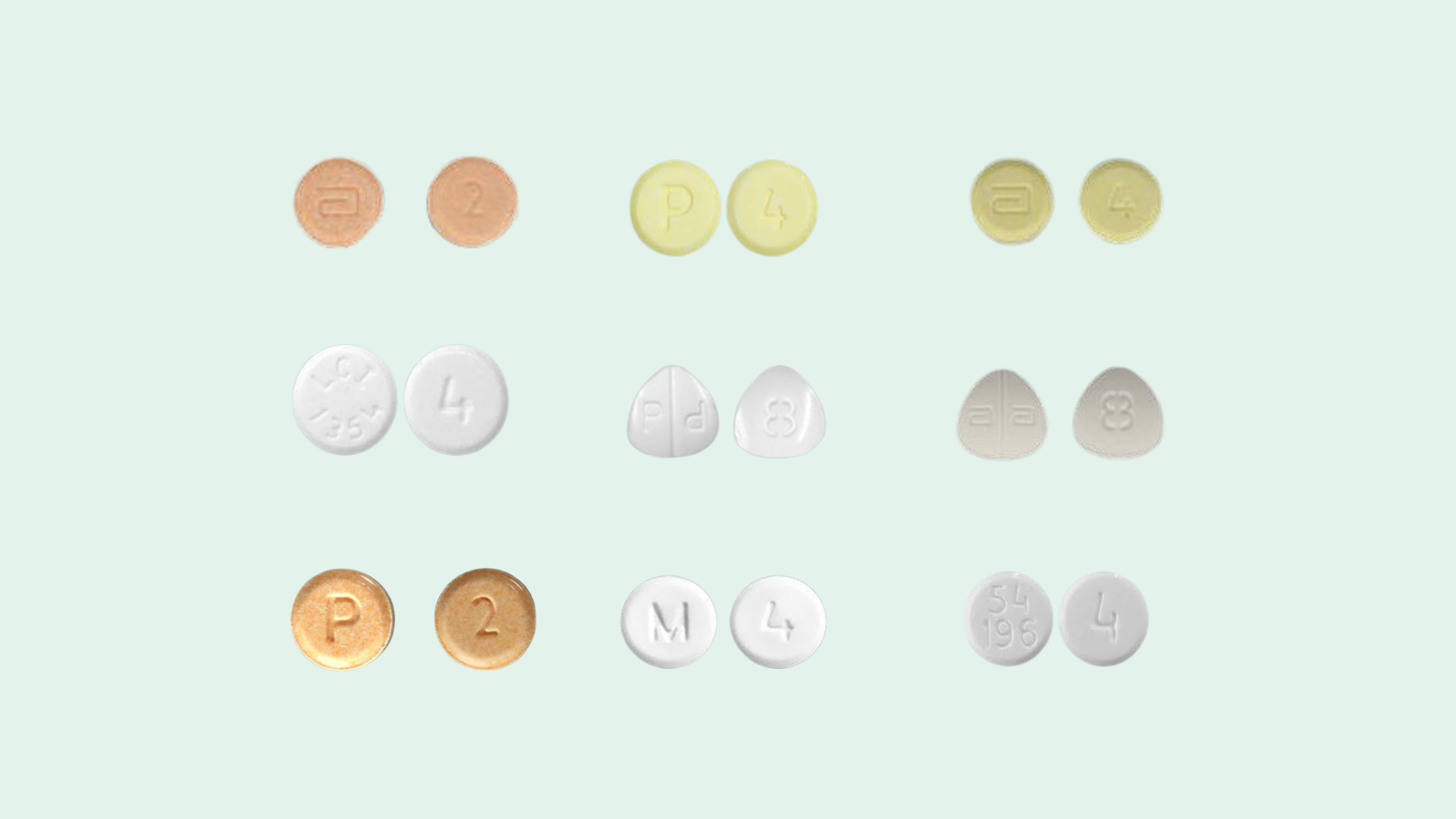Signs of Hydromorphone Abuse
Those who misuse hydromorphone may do so to experience the drug’s euphoric, sedative, or pain-relieving effects. Misuse can involve taking a hydromorphone prescription that is not one’s own, using higher doses than prescribed, or administering the drug through alternative routes like snorting or injecting to intensify the effects. Some common signs that may indicate hydromorphone abuse include- Taking the medication in larger quantities or for longer periods than intended
- Persistent, unsuccessful attempts to reduce or stop hydromorphone use
- Spending significant time acquiring, using, or recovering from the effects of the drug
- Experiencing strong cravings for hydromorphone
- Failing to fulfill major obligations at work, school, or home due to hydromorphone use
- Continuing to use the drug despite it causing or worsening interpersonal problems
- Giving up important social, occupational, or recreational activities in favor of hydromorphone use
- Using hydromorphone in physically dangerous situations, such as while driving
- Persisting use despite it exacerbating a physical or mental health condition
Physiological Signs of Hydromorphone Addiction
As an opioid, hydromorphone use can lead to the development of physiological dependence, where the body becomes accustomed to the drug’s presence and experiences withdrawal symptoms when use is abruptly stopped or significantly reduced. Some physical signs that may indicate hydromorphone addiction include- Constricted (pinpoint) pupils
- Drowsiness and sedation
- Slowed or shallow breathing
- Flushed skin or sweating
- Nausea, vomiting, or constipation
- Itchiness
- Tolerance, requiring higher or more frequent doses to achieve the desired effects
Cognitive and Psychological Symptoms
In addition to the physical manifestations of hydromorphone addiction, individuals struggling with this substance use disorder (SUD) may also exhibit cognitive and psychological symptoms, such as- Impaired judgment and decision-making
- Poor attention and concentration
- Memory problems
- Euphoria or dysphoria (general dissatisfaction with life)
- Anxiety, depression, or mood swings
- Cravings and obsessive thoughts about obtaining and using the drug
What Are the Dangers of Hydromorphone Abuse?
Continued hydromorphone abuse can lead to a range of severe and potentially life-threatening consequences, including- Respiratory depression, which can result in coma or death
- Cardiovascular issues like stroke or heart attack
- Gastrointestinal problems such as nausea, vomiting, and constipation
- Seizures or convulsions
- Collapsed veins and skin/soft tissue infections from injecting the drug
- Increased risk of contracting infectious diseases like HIV or hepatitis C
- Overdose, which can be fatal
Is Hydromorphone Overdose Possible?
Yes. Overdose is a serious and life-threatening consequence of hydromorphone abuse, particularly when the drug is used in conjunction with other substances. Symptoms of a hydromorphone overdose may include:- Shallow, slowed, or stopped breathing
- Profound sedation or loss of consciousness
- Vomiting or gurgling noises
- Limp body
- Cold, clammy, or pale skin
- Pinpoint pupils
What Is the Treatment for Hydromorphone Addiction?
Effective treatment for hydromorphone addiction typically involves a combination of medical and behavioral interventions. The first step often involves medically supervised detoxification to manage the uncomfortable and potentially dangerous withdrawal symptoms. This may include the use of medications like buprenorphine or methadone to ease the transition and reduce cravings. Following detox, comprehensive addiction treatment may involve:- Behavioral therapies, such as cognitive behavioral therapy (CBT), to address the underlying psychological and behavioral aspects of the addiction.
- Medication-assisted treatment (MAT) with opioid agonists or antagonists to support long-term recovery and prevent relapse.
- Holistic approaches, including counseling, support groups, and lifestyle modifications, to address the broader impact of addiction on an individual’s physical, mental, and social wellbeing.

